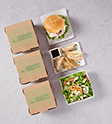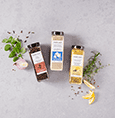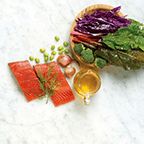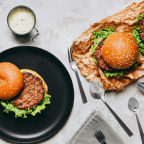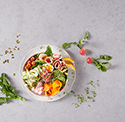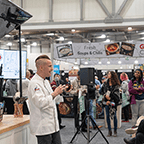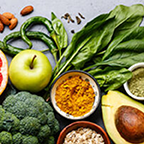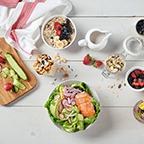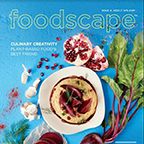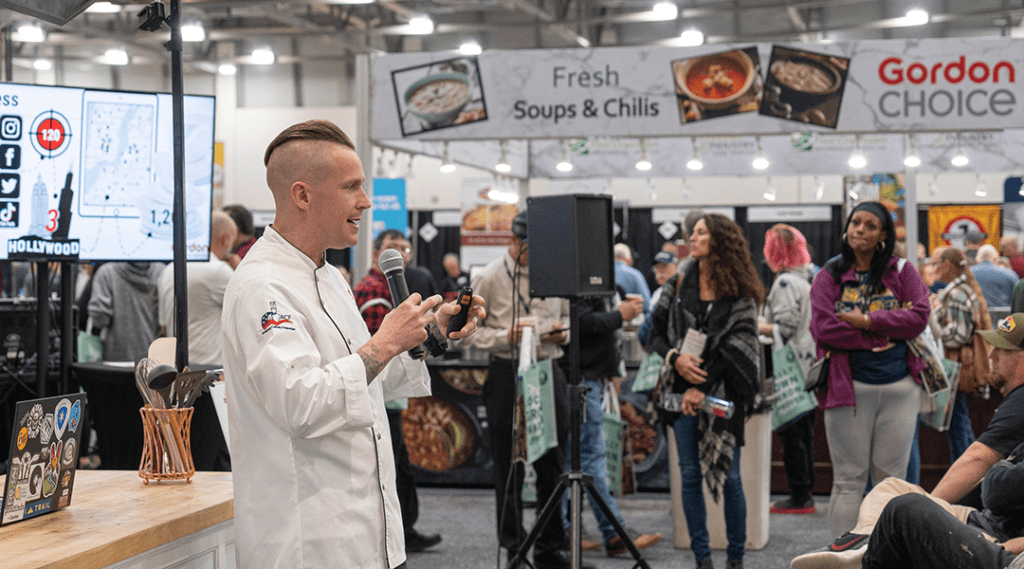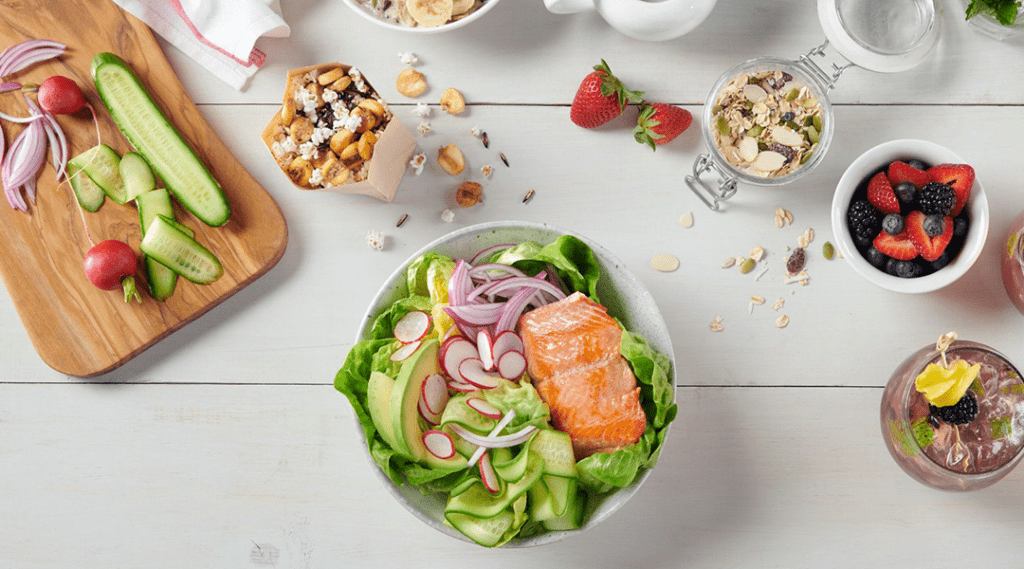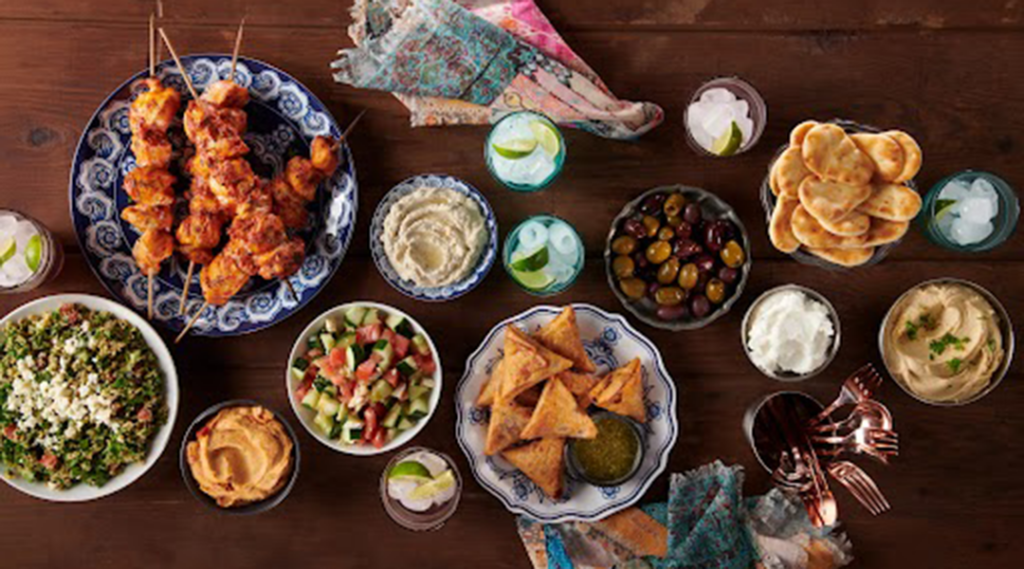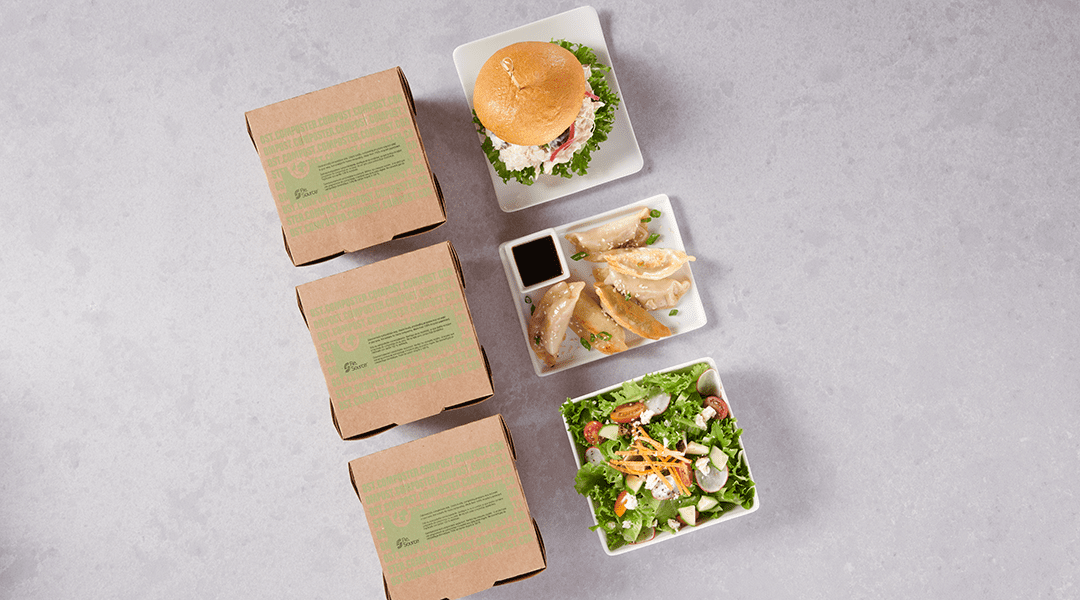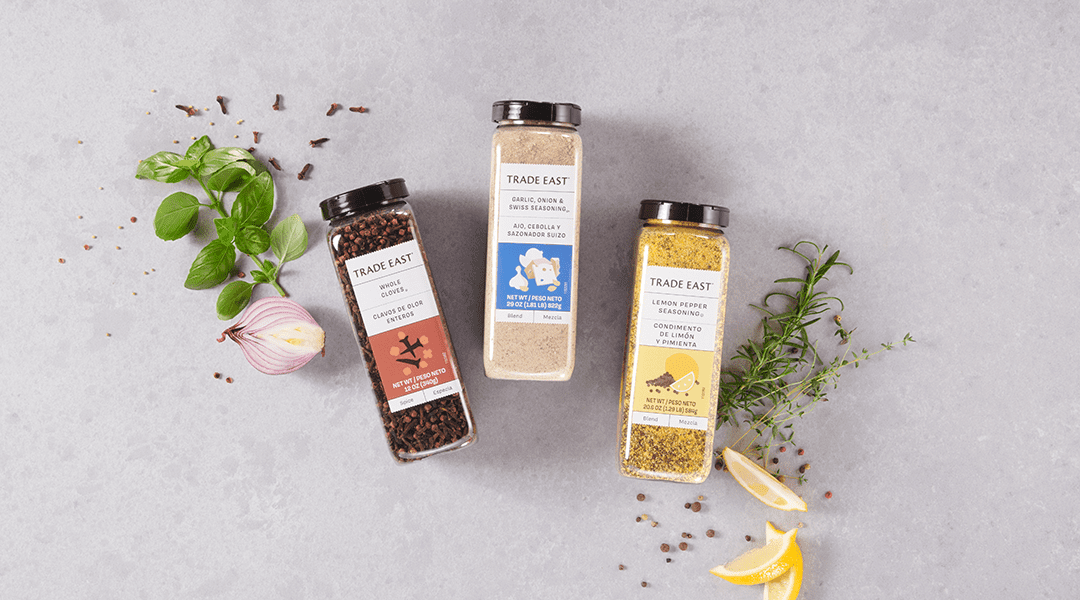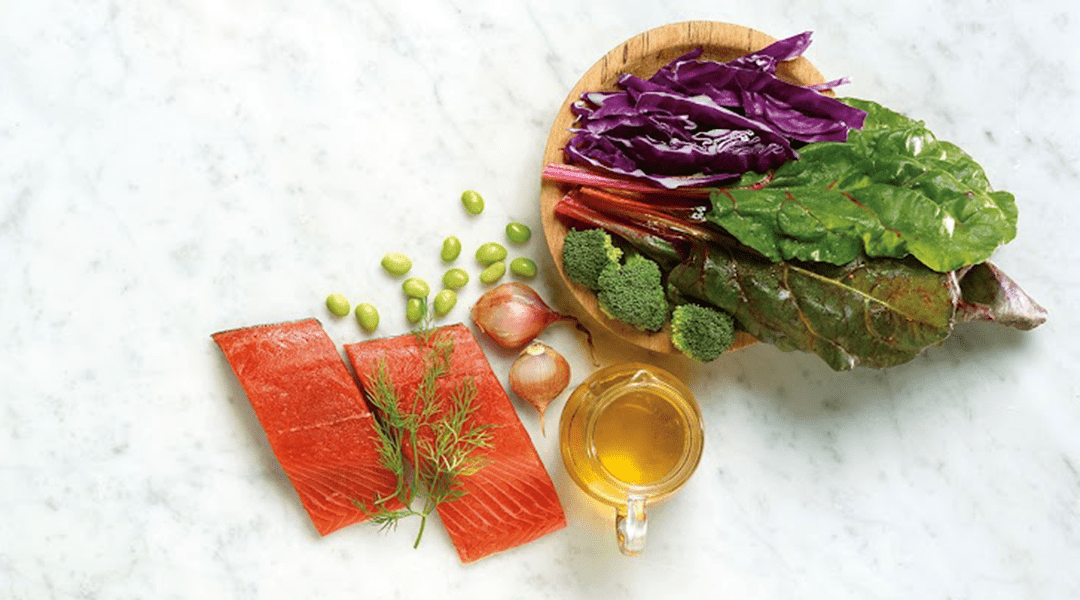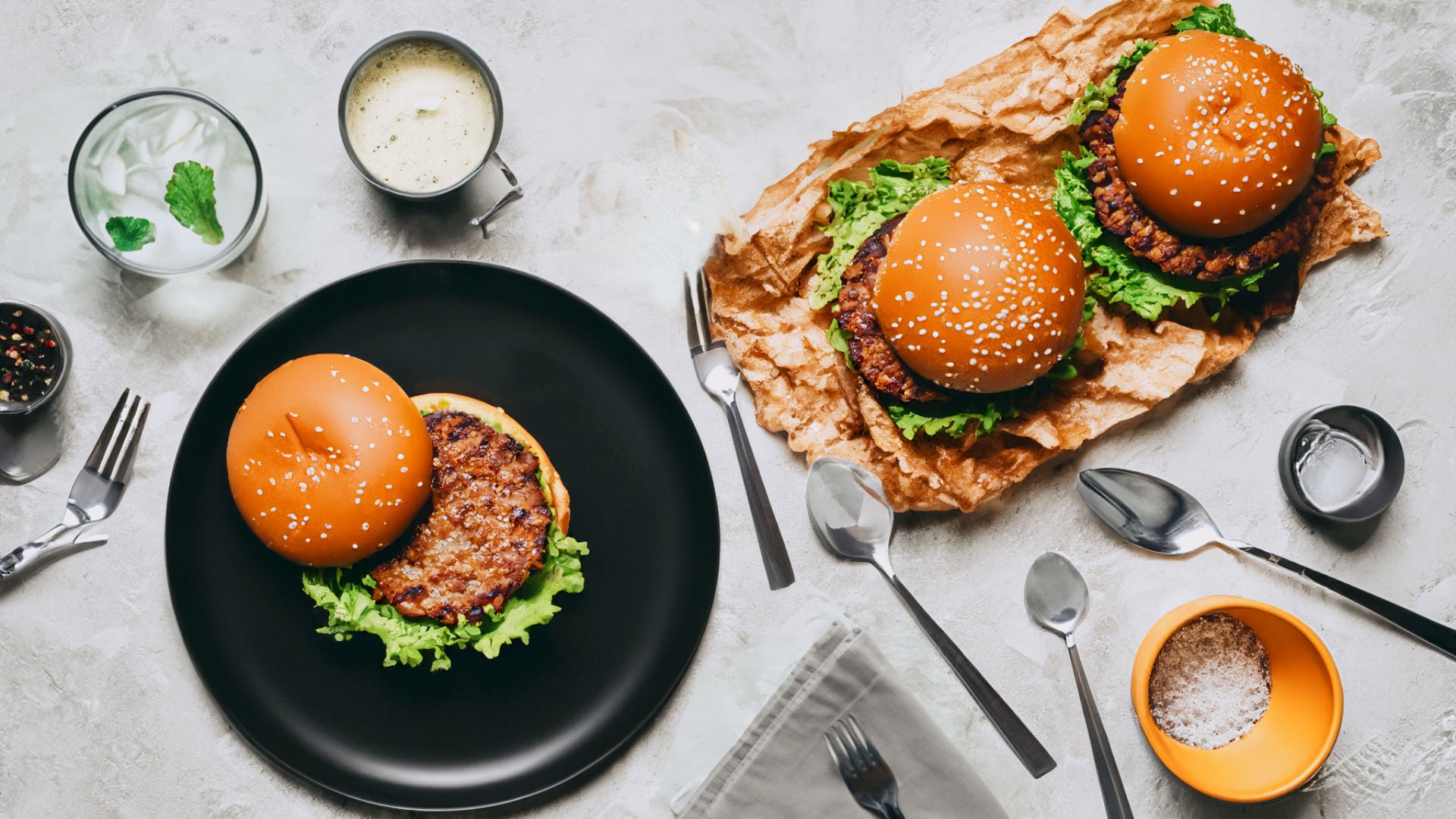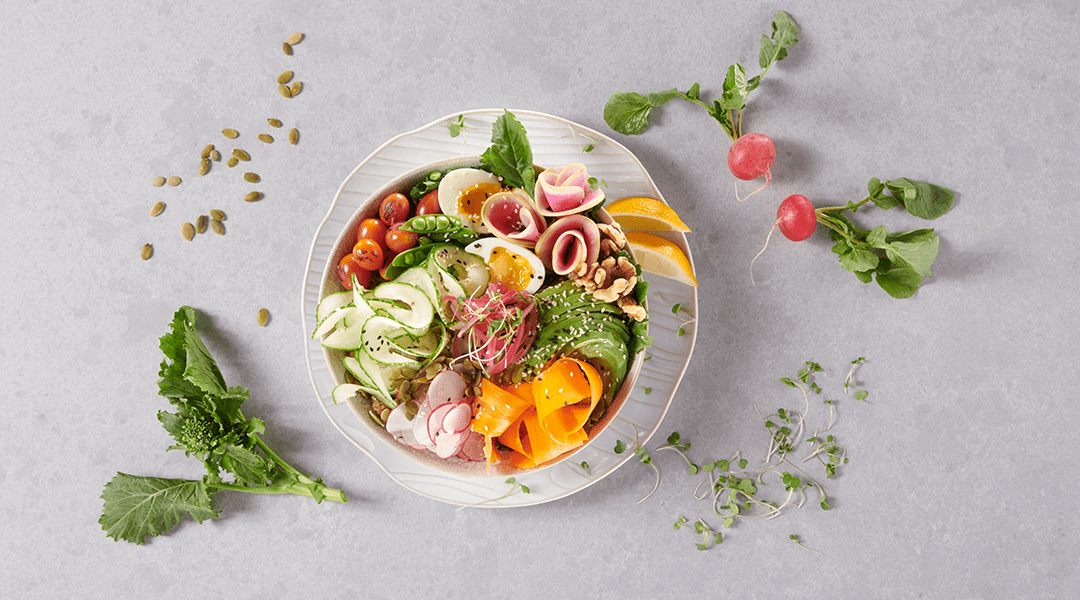Because shellfish and crustaceans are intimidating for most people to make at home, they’re a hot item on any menu. And “hot” is the operative word with shellfish. Temperature control, whether storing, thawing or cooking shellfish is one of the the best ways to safeguard against foodborne illness.
Seafood is a highly perishable product. Whether you purchase fresh or frozen shellfish and crustaceans, proper handling, storage and cooking practices are essential. To protect diners and serve the best-quality meals possible, three areas are critical: proper storage, temperature control and cleanliness.
To understand why storage, temperature and cleanliness best practices are important, consider that in the first three months of 2017 there were 321 cases of oyster-related norovirus infection and gastrointestinal illness reported. The incidents occurred mainly in British Columbia, but also in Alberta and Ontario. Everyone who became ill consumed raw or undercooked oysters out of British Columbia during that time. At the time the report was filed, the outbreak was ongoing, meaning contaminated oysters remained on the market.
This shows how a single outbreak can signal a much larger concern. It also stresses the importance of proper cooking temperatures to eliminate harmful bacteria, as well as proper storage and handling to prevent cross-contamination risks.
To promote the safety of ocean food, the U.S Food and Drug Administration (FDA) in 2014 began allowing crustaceans to undergo ionizing radiation to help control the occurrence of foodborne pathogens. This irradiation applies to shrimp, lobster, crabs, prawns and crayfish that are raw, frozen, cooked, partially cooked, shelled or dried, as well as ready-to-cook, processed with spices or small amounts of other food ingredients.
Irradiated food carries a package symbol to alert buyers and chefs. The radiation treatment process reduces, but does not eliminate possible foodborne pathogens such as E. coli and Vibrio among crustaceans. It also does it take the place of safe handling, storage and cooking practices.
How does contaminated food enter the system?
A clam can live about 35 years (the giant clam can live over 150 years!), and it doesn’t need clean water to survive. Because shellfish habitats are often in areas of high water pollution, the nutrients they consume from their surrounding water can be contaminated. For clams and other shellfish, years of exposure can allow toxins to reach harmful levels and cause serious foodborne illness risks for consumers.
Lobsters, a type of crustacean, usually live in the murk and mud at the bottom of the ocean, consuming bottom dwellers like crabs, clams and snails.
Some bacteria that grow on raw shellfish are potentially fatal. A bacteria commonly found in undercooked shellfish is Vibrio prahaemolyticu. This bacteria multiplies, even after refrigeration. All of this makes cooking shellfish properly imperative for the health of consumers.
3 ways to reduce shellfish-related food hazards
Shellfish and crustaceans are TCS—Time and Temperature Control for Safety—foods. Dairy, meats and many cooked products fall in the TCS category. That’s because these foods are often moist, contain protein, have a neutral or slightly acidic pH and require time-temperature control to prevent the growth of infectious or toxigenic microorganisms. With shellfish and crustaceans, following these three practices can eliminate many risks:
Receive food safely. Be aware of when your shellfish are being delivered and allow for time to inspect the shipment before accepting it. It is crucial to contract with a supplier that harvests shellfish in Certified Shellfish Growing Water. Discard any broken shells (clams, oysters, mussels, etc.) and do a “tap test” to eliminate any organisms that are no longer living.
Control temperatures. Never allow edible shellfish to thaw at room temperature. Shellfish thaw best in the refrigerator overnight. When cooking, ensure crustaceans reach an internal temperature of at least 145ºF for 15 seconds, and never serve any shellfish with broken shells or those that are permanently closed.
Prevent cross-contamination. Because the bacteria that live on raw shellfish can be deadly, it is important to wash your hands and prep area frequently. If you don’t clean up after working with shellfish, the harmful bacteria present in shellfish and their juices has the potential to cause serious problems for consumers.
Know your Time and Temperature Control for Safety Foods (TCS)
Use the best practices described above on these shellfish:
- Mussels
- Oysters
- Clams
- Scallops
- Snails
- Octopus
- Squid
- Cuttlefish
How can Gordon Food Service help?
Resources regarding TCS foods are available to Gordon Food Service customers by logging into our website and clicking on Gordon Experience to view:
- Food Allergen Awareness Web Page
- Food Danger Zone Charts
- Time/ Temperature Log Sheets
For more information, contact the Gordon Food Service Nutrition Resource Center at (800) 968-4426 or email nrc@gfs.com.




